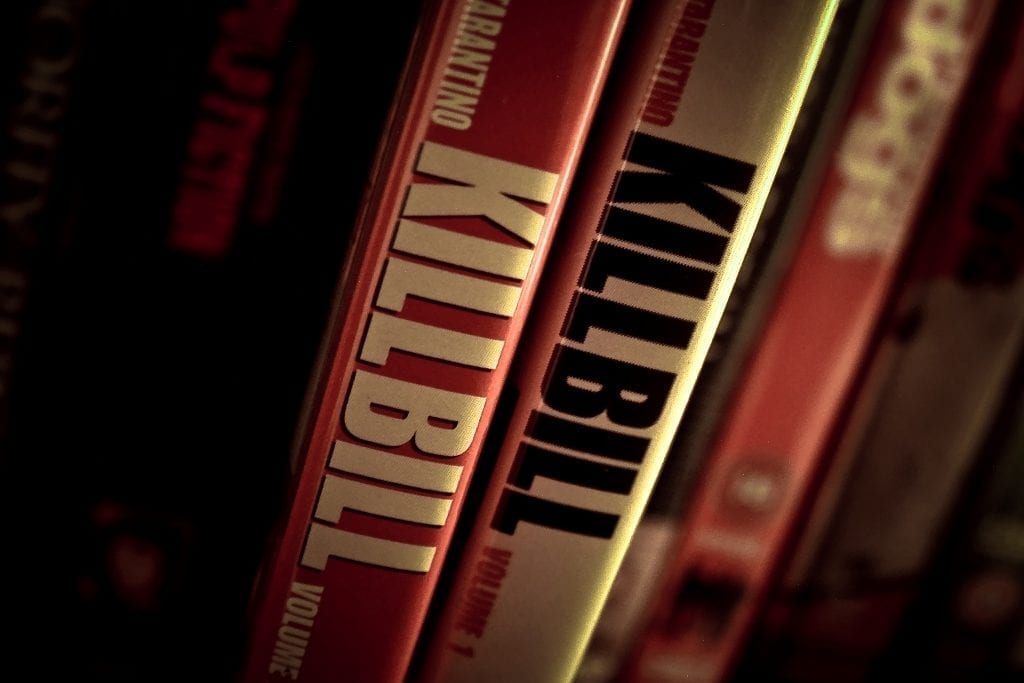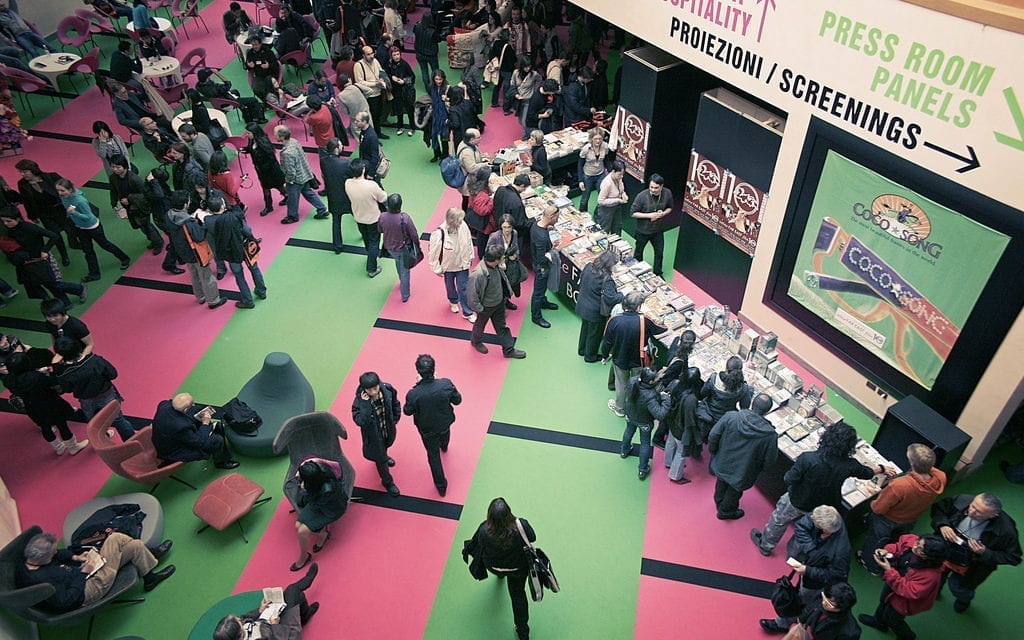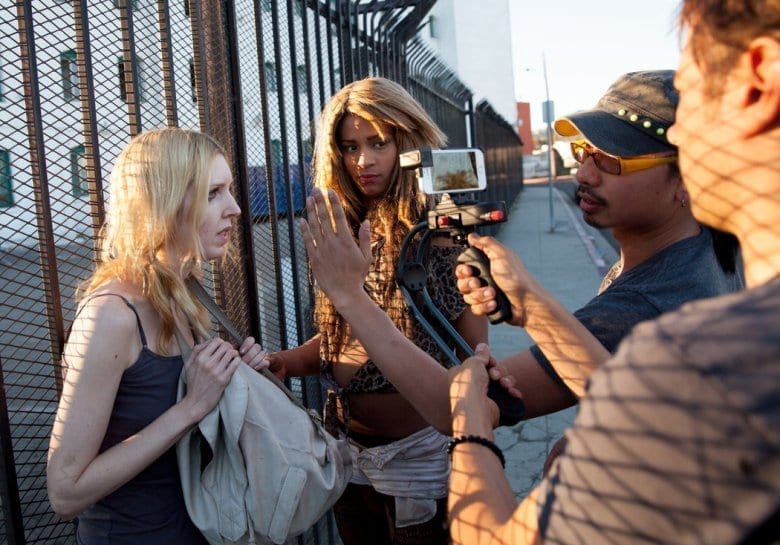Why 4K filmmaking doesn’t really matter, and what you should do if you can’t afford it

I received some exciting news the other day. My latest short film, “Son of Blackbeard,” was just accepted to one of those regional festivals I’ve mentioned in earlier blog posts about the benefits of posting short films online. I received the congratulatory email on a Friday night while in a bar meeting a friend from grad school. After ordering another drink in excitement, I was a bit surprised when I saw the festival’s requirements for the exhibition screener.

This festival has been around for over twenty years in a major city and has amassed thousands of followers on Twitter. I expected to have to figure out how to homebrew a DCP—a digital cinema package. AKA the hard drive screener most commercial cinemas use for digital projection and today’s equivalent of the 35mm print. But looking at the exhibition requirements surprised me: all I needed to do was burn a Blu-ray disc.
That’s easy, I thought. I know how to do that. And it’s Blu-ray, not DVD, so I’ll burn in 4K or UHD right? Good thing we shot in 4K. It was definitely worth the processing power I needed on my computer.
Firing up Adobe Premiere and Encore to do my burning, I realized something. There was no 4K or UHD Blu-ray export preset. It was H264 or MPEG-2. I figured the Adobe resources I was reading online were simply out of date, having been posted in 2013. I texted my cinematographer. I texted Tim Viola, The Film Fund’s first winner. I texted everyone I knew who might know a thing or two about 4K Blu-ray discs. They all told me the same thing: UHD Blu-ray discs are fairly new. 1080p still represents the standard.

But what about that swanky film festival panel in LA I was at three years ago where the discussion centered on the importance of 4K as a delivery medium in order to be on the cutting edge? What about 4K TVs? YouTube even supports 4K!
Think about how most people view your films these days. Laptops. Average televisions. The iPhone XS or XR super retina OLED display. The number of people viewing your film on their laptops or Rokus (without a 4K TV) vs. the number of people watching your film in a theater probably comes in at over ten to one. As of 2017, only 16% of households own a 4K TV.
I’ll admit, 4K comes in handy for cropping and digital zooms. But is it worth the extra processing power needed? I shelled out for a new top-of-the-line MacBook Pro when my old Windows laptop would have done just fine processing 1080p.

Our take: if you’re on a micro budget, you swear to not “fix it in post,” and you have a 1K or 1080p camera sitting on your desk, go ahead and shoot something with it. Pick up your old Blackmagic Pocket Cinema Camera if your budget doesn’t allow for the new 4K version. Pick up your iPhone or Android and buy Filmic Pro for $15 to make it more filmmaker-friendly (not an ad). Even if you do want 4K for cropping or intentional digital effects, you don’t need to buy the new XS to improve your visuals, as Apple has had 4K since the iPhone 6 (but maybe check out its new four-mic stereo audio recording). But you still don’t need it for HD video quality.
Your film might premiere on thousands of laptop screens with the help of our funding opportunities. 1080p will look beautiful.
Got an idea for a film? Need some money to help produce it? Check out our funding opportunities.
[fc id=’6′ align=’center’][/fc]
3 thoughts on “Why 4K filmmaking doesn’t really matter, and what you should do if you can’t afford it”